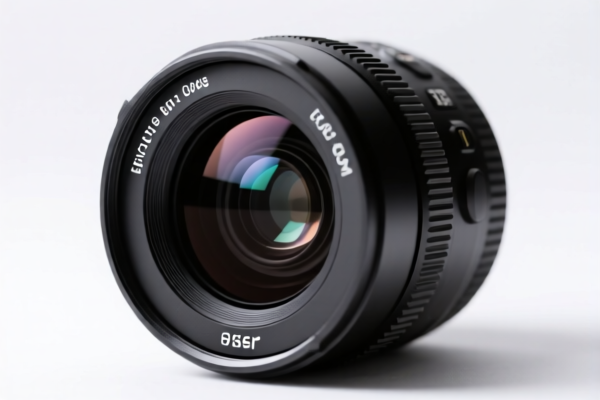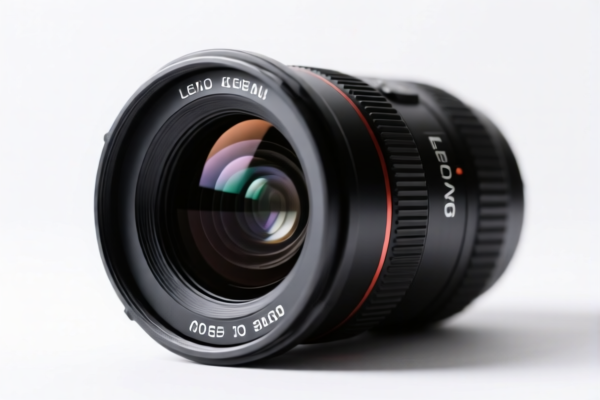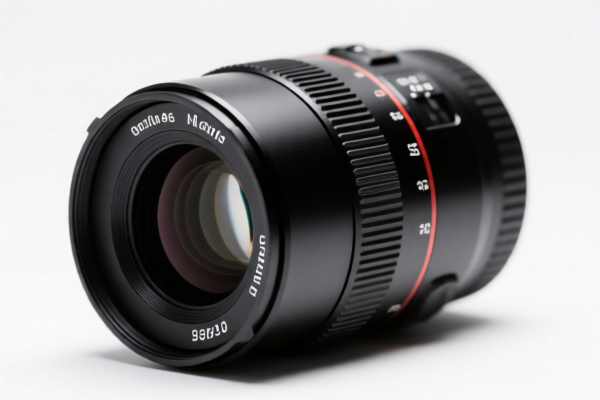| HS Code | Official Doc | Tariff Rate | Origin | Destination | Effective Date |
|---|---|---|---|---|---|
| 8539510000 | Doc | 55.0% | CN | US | 2025-05-12 |
| 8539520051 | Doc | 32.0% | CN | US | 2025-05-12 |
| 9001909000 | Doc | 55.0% | CN | US | 2025-05-12 |
| 9002909500 | Doc | 55.0% | CN | US | 2025-05-12 |
| 7014002000 | Doc | 60.0% | CN | US | 2025-05-12 |




Based on the product name "LED lens", here is the professional classification and tariff analysis for the relevant HS codes:
✅ HS CODE: 8541410000
Product Description: LED lens (LED-related product)
Total Tax Rate: 45.0%
Tax Details:
- Base Tariff Rate: 0.0%
- Additional Tariff: 25.0%
- Special Tariff after April 11, 2025: 20.0%
Key Notes:
- This code is specifically for LED components, including lenses.
- The total tax rate increases significantly after April 11, 2025.
- Proactive Advice: Confirm the product is not a complete lighting unit or part of a larger system that might fall under a different code.
✅ HS CODE: 8539510000
Product Description: LED lens module or LED magnifying lens
Total Tax Rate: 55.0%
Tax Details:
- Base Tariff Rate: 0.0%
- Additional Tariff: 25.0%
- Special Tariff after April 11, 2025: 30.0%
Key Notes:
- This code applies to LED modules or components used in lighting systems.
- The tax rate is higher than 8541410000, especially after April 11, 2025.
- Proactive Advice: Ensure the product is not classified as a complete lighting fixture or part of a system that may be subject to different regulations.
✅ HS CODE: 8539520051
Product Description: LED lens tube light (e.g., LED tube with lens)
Total Tax Rate: 32.0%
Tax Details:
- Base Tariff Rate: 2.0%
- Additional Tariff: 0.0%
- Special Tariff after April 11, 2025: 30.0%
Key Notes:
- This code is for LED tube lights with integrated lenses.
- The base tariff is slightly higher than other codes, but the additional tariff is zero.
- Proactive Advice: Verify if the product is a complete lighting unit or just a lens component.
✅ HS CODE: 9001909000
Product Description: Laser lens (not LED-related)
Total Tax Rate: 55.0%
Tax Details:
- Base Tariff Rate: 0.0%
- Additional Tariff: 25.0%
- Special Tariff after April 11, 2025: 30.0%
Key Notes:
- This code is for optical lenses used in laser systems, not LED-based.
- If your product is not laser-related, this code is not applicable.
- Proactive Advice: Confirm the product is not a laser lens to avoid misclassification.
📌 Summary of Tax Rate Changes After April 11, 2025:
| HS Code | Base Tariff | Additional Tariff | Special Tariff (after April 11, 2025) |
|---|---|---|---|
| 8541410000 | 0.0% | 25.0% | 20.0% |
| 8539510000 | 0.0% | 25.0% | 30.0% |
| 8539520051 | 2.0% | 0.0% | 30.0% |
| 9001909000 | 0.0% | 25.0% | 30.0% |
🛑 Critical Actions for You:
- Verify the product's exact composition and function (e.g., is it a standalone lens, part of a lighting system, or a laser component?).
- Check the unit price and material to ensure correct classification.
- Confirm if any certifications (e.g., CE, RoHS) are required for import.
- Plan for increased tariffs after April 11, 2025, especially for codes 8539510000 and 9001909000.
Let me know if you need help determining the most accurate HS code based on your product's full specifications.
Customer Reviews
The tax rate comparison table was a great addition. It helped me understand the impact of the April 11, 2025, changes on my export plans for LED components.
The information on laser lenses under HS code 9001909000 was spot on. I was worried about misclassifying my product, but this page made it clear what to avoid.
I found the details on HS code 8539520051 very useful for my LED tube light project. The tax rates and notes helped me make a better trade decision.
The breakdown of the HS code 8541410000 was extremely helpful. It clearly explained the tax changes after April 11, 2025, which I didn’t know about before.